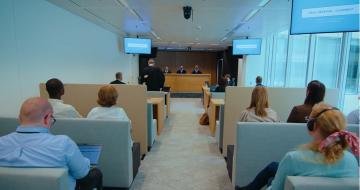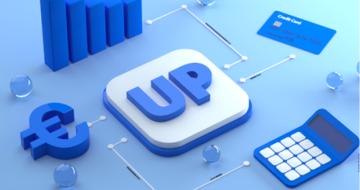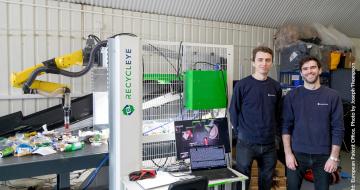Copyright covers the different aspects of a computer program:
- source code,
- object code,
- aesthetic elements,
- interfaces,
- preparatory material,
- program structure,
- etc.
The code
Copyright applies to the source code and the object code. It is not, therefore, permitted to make copies of all or part of the software without express authorisation.
It is therefore not enough to change a few lines of code to avoid copyright problems.
The software architecture
The architecture, structure and organisation of the software are also protected, as are the routines or lists of parameters.
The simple use of the architecture of a software for another piece of software is, thus, likely to constitute counterfeiting.
Preparatory material and software under development
Copyright does not only protect software code. It also protects all the design work (insofar as this is likely to subsequently result in a computer program). It, therefore, protects the diagrams, the organisation charts describing all or part of the software architecture, the flow diagrams, etc.
This means that copying the structure of software to a different piece of software is likely to constitute counterfeiting, even if their codes are different. This also means that software that is already realised and whose architecture is sufficiently advanced, is already protected even if the code has not yet been written.
The "look and feel"
All the elements relating to the user interfaces, such as icons, appearance, menu screens and sounds are also protected by copyright.


